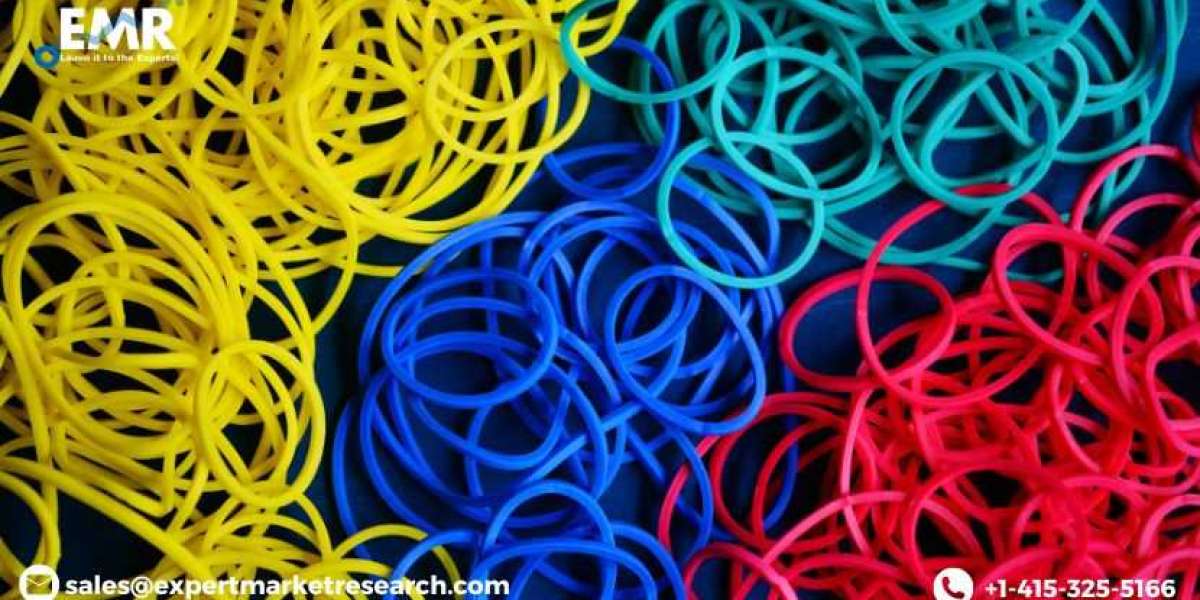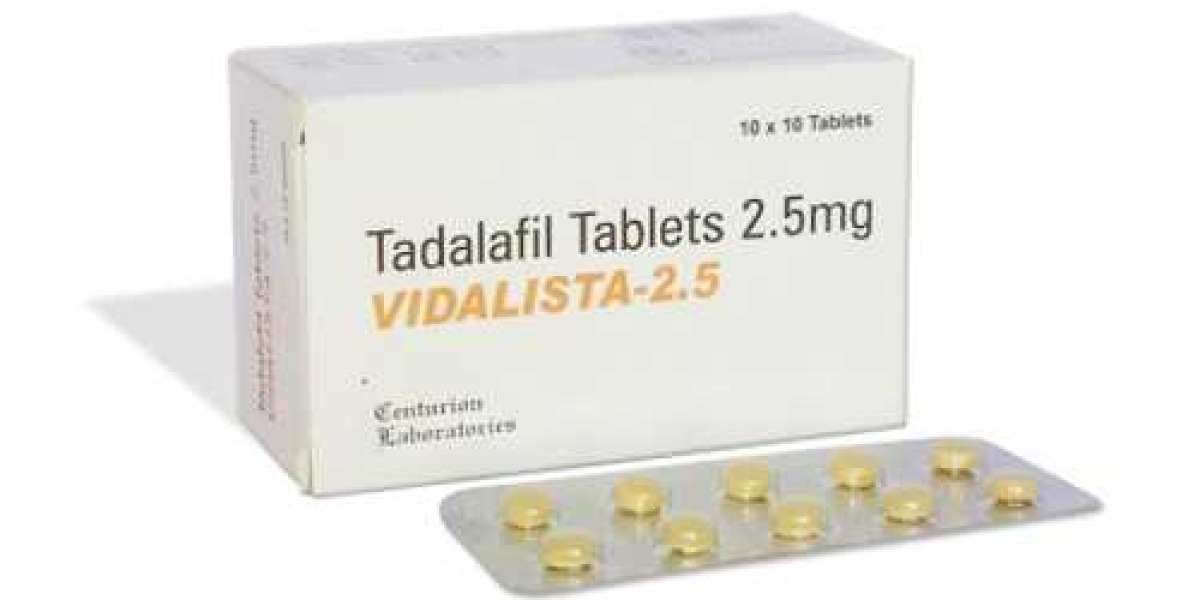The global rubber market size is projected to grow at a compound annual growth rate (CAGR) of 5.0% during the period 2024-2032. Rubber, an essential material in various industries such as aerospace, medical, defence, printing, automotive, and agriculture, is witnessing increased demand due to its versatile applications. Key markets for rubber include North America, Europe, and Asia. This blog provides a comprehensive analysis of the market outlook, report overview, market size, market dynamics, drivers, challenges, segmentation, recent developments, component insights, end-user insights, regional insights, key players, market trends, industry news, application insights, and detailed answers to frequently asked questions.
Market Outlook
Rubber is a crucial material used across various industries due to its unique properties such as elasticity, resilience, and resistance to abrasion and corrosion. The global rubber market is expected to witness significant growth driven by increased demand from the automotive, aerospace, medical, and agricultural sectors. The advancements in synthetic rubber production and innovations in rubber applications are also contributing to market growth.
Report Overview
This report offers a comprehensive analysis of the global rubber market from 2024 to 2032. It covers key aspects such as market size, growth projections, market dynamics, segmentation, recent developments, component insights, end-user insights, regional insights, key players, market trends, industry news, application insights, and comprehensive answers to frequently asked questions.
Market Size
The global rubber market was valued at USD X billion in 2023 and is projected to grow at a CAGR of 5.0%, reaching nearly USD Y billion by 2032. This growth is driven by the increasing demand for rubber in various industrial applications and the continuous advancements in rubber production technologies.
Market Dynamics
Market Drivers
Growing Automotive Industry: The automotive industry is one of the largest consumers of rubber, used in tires, hoses, belts, and gaskets. The growth of the automotive sector, especially in emerging economies, is driving the demand for rubber.
Advancements in Synthetic Rubber: Innovations in synthetic rubber production, such as the development of new polymerization processes, are enhancing the properties and applications of rubber, boosting market growth.
Rising Demand in Medical Sector: Rubber is widely used in the medical industry for gloves, tubing, and seals due to its flexibility and resistance to chemicals. The increasing demand for medical supplies is driving the rubber market.
Expansion in Aerospace and Defense: The aerospace and defense industries use rubber for seals, gaskets, and vibration dampening components. The growth in these sectors is contributing to the increased demand for rubber.
Key Market Challenges
Environmental Concerns: The production and disposal of rubber can have adverse environmental impacts, including pollution and waste generation. This poses challenges for the market as regulations become stricter.
Volatility in Raw Material Prices: The prices of raw materials used in rubber production, such as natural rubber and petrochemicals, can be volatile, impacting the cost structure and profitability of rubber manufacturers.
Competition from Alternatives: The availability of alternative materials, such as plastics and composites, can pose a challenge to the rubber market, especially in applications where these alternatives offer superior properties.
Market Segmentation
The global rubber market can be segmented based on type, application, end-user, and region.
Type
- Natural Rubber
- Synthetic Rubber
Application
- Tires
- Industrial Goods
- Medical Supplies
- Consumer Goods
- Others
End-User
- Automotive
- Aerospace
- Medical
- Defense
- Printing
- Agriculture
- Others
Region
- North America
- Europe
- Asia-Pacific
- Latin America
- Middle East Africa
Recent Developments
Sustainable Rubber Production: Companies are focusing on sustainable rubber production methods, such as the use of bio-based feedstocks and recycling technologies, to address environmental concerns and meet regulatory requirements.
Technological Innovations: Advancements in rubber compounding and processing technologies are enhancing the performance and applications of rubber products.
Strategic Collaborations: Key players are entering into strategic collaborations and partnerships to expand their product offerings and market reach.
Component Insights
Natural Rubber
Natural rubber, derived from the latex of rubber trees, is known for its high tensile strength, elasticity, and resistance to wear and tear. It is widely used in the production of tires, medical supplies, and industrial goods.
Synthetic Rubber
Synthetic rubber, produced through the polymerization of petrochemical feedstocks, offers superior resistance to chemicals, heat, and aging compared to natural rubber. It is used in a variety of applications, including automotive parts, consumer goods, and industrial products.
End-User Insights
Automotive
The automotive industry is the largest consumer of rubber, driven by the demand for tires, hoses, belts, and seals. The growth of the automotive sector, particularly in emerging markets, is boosting the demand for rubber.
Aerospace
In the aerospace industry, rubber is used for seals, gaskets, and vibration dampening components. The expansion of the aerospace sector and the increasing demand for aircraft are driving the rubber market.
Medical
The medical sector uses rubber for gloves, tubing, seals, and other medical supplies. The rising demand for medical products, especially due to the COVID-19 pandemic, is fueling the growth of the rubber market.
Defense
The defense industry uses rubber for various applications, including seals, gaskets, and protective gear. The growth in defense spending and the development of new defense technologies are driving the demand for rubber.
Printing
In the printing industry, rubber is used in rollers and blankets for printing presses. The growth of the packaging and printing industries is contributing to the demand for rubber.
Agriculture
The agricultural sector uses rubber for hoses, seals, and other equipment. The increasing mechanization of agriculture and the demand for durable and flexible materials are driving the rubber market.
Regional Insights
North America
North America holds a significant share of the global rubber market, driven by the demand from the automotive, aerospace, and medical sectors. The presence of major rubber manufacturers and the adoption of advanced technologies are boosting the market growth.
Europe
Europe is a key market for rubber, with strong demand from the automotive, aerospace, and industrial sectors. The region is known for its focus on sustainable production methods and technological innovations.
Asia-Pacific
The Asia-Pacific region is expected to witness the highest growth rate during the forecast period, fueled by rapid industrialization, increasing automotive production, and rising demand for medical supplies. Countries like China, India, and Japan are major contributors to the market growth.
Latin America
Latin America is emerging as a potential market for rubber, driven by the growth of the automotive and agricultural sectors. The increasing investments in infrastructure and industrial development are boosting the demand for rubber.
Middle East Africa
The Middle East Africa region is gradually adopting rubber technologies, with significant potential for growth due to rising investments in the automotive, aerospace, and construction sectors.
Key Players
- Arlanxeo
- Kumho Petrochemical
- TSRC Corporation
- LG Chem
- Von Bundit Co., Ltd.
- Sri Trang Agro-Industry Plc.
- Southland Holding Company
- Others
Market Trends
Sustainable Production: The focus on sustainable rubber production methods, such as the use of bio-based feedstocks and recycling technologies, is increasing.
Technological Innovations: Advancements in rubber compounding and processing technologies are enhancing the performance and applications of rubber products.
Strategic Collaborations: Companies are entering into strategic collaborations and partnerships to expand their product offerings and market reach.
Industry News
Product Launches: Leading players are launching new and innovative rubber products to meet the evolving needs of various industries.
Strategic Collaborations: Companies are entering into strategic collaborations and partnerships to strengthen their market position and expand their product portfolios.
Regulatory Developments: Changes in regulations, especially related to environmental sustainability and product safety, are shaping the rubber market's dynamics and driving the adoption of compliant solutions.
Application Insights
Automotive
In the automotive sector, rubber is used for tires, hoses, belts, and seals. The demand for durable and flexible materials is driving the growth of the rubber market in this sector.
Aerospace
In the aerospace industry, rubber is used for seals, gaskets, and vibration dampening components. The demand for high-performance materials is driving the adoption of rubber in this sector.
Medical
In the medical sector, rubber is used for gloves, tubing, and seals. The increasing demand for medical supplies is fueling the growth of the rubber market.
Defense
In the defense industry, rubber is used for seals, gaskets, and protective gear. The demand for durable and flexible materials is driving the adoption of rubber in this sector.
Printing
In the printing industry, rubber is used in rollers and blankets for printing presses. The demand for high-quality printing materials is driving the growth of the rubber market.
Agriculture
In the agricultural sector, rubber is used for hoses, seals, and other equipment. The increasing mechanization of agriculture is boosting the demand for rubber.
FAQs
1. What is driving the growth of the rubber market?
Answer: The growth of the rubber market is driven by the increasing demand from the automotive, aerospace, medical, and agricultural sectors, as well as advancements in synthetic rubber production and innovations in rubber applications.
2. What are the key challenges facing the rubber market?
Answer: Key challenges include environmental concerns, volatility in raw material prices, and competition from alternative materials such as plastics and composites.
3. Which regions are expected to witness significant growth in the rubber market?
Answer: The Asia-Pacific region is expected to witness the highest growth rate, followed by North America and Europe. Latin America and the Middle East Africa also show potential for growth.
4. Who are the major players in the global rubber market?
Answer: Major players include Arlanxeo, Kumho Petrochemical, TSRC Corporation, LG Chem, Von Bundit Co., Ltd., Sri Trang Agro-Industry Plc., and Southland Holding Company.
5. What recent developments are shaping the rubber market?
Answer: Recent developments include sustainable rubber production methods, technological innovations in rubber compounding and processing, and strategic collaborations among key players.
6. How is the focus on sustainability impacting the rubber market?
Answer: The focus on sustainability is driving the adoption of eco-friendly and responsibly sourced rubber products, enhancing market growth and meeting regulatory requirements for environmental sustainability.


